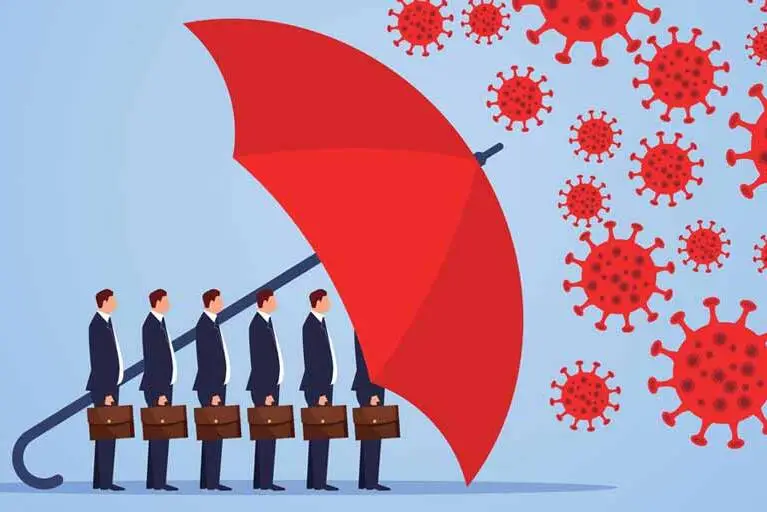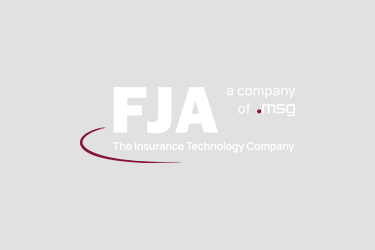by Marc Dutton, CEO
Disrupt: to cause (something) to be unable to continue in the normal way to interrupt the normal progress or activity of (something)
I was Googling while Ubering on my last business trip. The first search hit brought me to Amazon, where I purchased toys for my young sons using Amazon’s Prime service. A few hours later when I arrived home, the package was already open and the boys were laughing in the living room.
Now imagine if insurance was like Amazon or Uber, complete with ease, convenience, and even a sense of enjoyment. Imagine you’re about to buy a house and the insurance company offers an inspection service. During the inspection, they see you have automobiles. They see you have a large yard and new appliances. And now, as they offer a quote on your homeowner’s policy, they also bundle in vehicle, property & casualty, and even go a step further to offer you warranty on your new washer and dryer. Now this an experience— bundling risk and non-risk based products to deliver an experience to the customer. The normally dreaded, overwhelming experience of purchasing a home and insurance is now made convenient and— gasp —enjoyable!
You see, most people think of insurance only when they have a scare or if they constantly worry. If we come up with a different way to calculate risk, manage data, and simplify processes, we can invoke an experience similar to tapping for a toy to be delivered or a ride to be accessed. But for this to happen there must be an enabler.
It was missing when Sandy Weil attempted to disrupt the insurance market in the 90s with Travelers. He did a few things right, like anticipating the consumer’s need for a retail approach to insurance products. But he failed to disrupt the industry because he was missing an intelligent platform that connected customer to product. Amazon or Uber are successful disruptors not just because they continue to evolve with the market, but because they do have a platform that enables them to connect one customer with multi-vendors, and even add on services like Prime Now or RUSH. These brand identities in our culture have become so synonymous with instant gratification, with an action responding to an action, that they are used as verbs.
Can the same thing happen for insurance? Will our children call to say that they “[Insert your health carrier here]-ed today”? Let’s look at how this might be possible:
Monetize Data and Time
Most Americans have multiple types of insurances bought through multiple channels and companies. At the same time health payers already have a tremendous amount of information on their members; why can’t this information be used to offer more to the customer? As you can see, this is terribly inefficient for all parties. Can all this rich information be used to assess the underwriting risk for life insurance or P&C, without the customer having to go to a different source? Amazon didn’t just offer a way to buy goods online; they connected one consumer with many unrelated merchants at a single source, coordinating shipping and secure payment transactions between all parties for a seamless experience. In this case, insurance companies will need to either acquire or partner with other carriers, which requires an openness to change and willingness to think differently.
If we can automatically offer a level of coverage derived from existent customer data, from information gathered online, from claim trends and even search histories, we can bundle and sell more product. Consider the sick or the elderly who may be checking out of the hospital and won’t be able to keep up their house upon returning home. With partnered operations and aggregated data, additional coverages or services can be offered at point of need, such as lawn maintenance or cleaning services. This creates a compassionate, unique experience for the customer. The costs of underwriting and distribution will be reduced, along with the number of touch points and payments the consumer is required to make. Subsequently, buyer’s remorse will be eliminated through this immediacy of purchase, allowing the customer less time to seek advice from others and more time to live the lives they are insuring.
Use the Community
Everyone is required to carry some level of Healthcare coverage today. Many individuals and families often take the lowest cost with the highest out of pocket risk because they either can’t afford coverage or they don’t believe they will need it. An unexpected illness or accident can be financially catastrophic. Imagine if payers were able to provide member peer-to-peer lending services, like Lending-Tree, to help members finance their out of pocket expenses. This experience could provide a gateway to offering more services at the point of service, because the payer has earned the right to upsell due to the customer’s previous positive experience.
In effect, we create a financial ecosystem with insurance, similar to GoFundMe or Kickstarter. The benefits expand beyond initial crowdsourcing. Potentially a set of interconnected platforms or a partnership with transportation companies can bring about a peer-to-peer ride share program, we can get more individuals to their appointments or workplaces. The ecosystem can bring together all types of participants, building channels and connections needed for a sustained human experience.
Simplify Payments
Currently, the payment platforms allows the insured to pay their premiums, but in some cases multiple payments must be made throughout. There is the monthly premium, then the co-pay, then the additional bill that leads to multiple inquiries to the doctor’s office and insurance carrier in an attempt to understand the payments. There are many transactions for a singular event, creating dissatisfaction on all sides. If we can discover a simpler payment flow, instead of micro payments like deductibles and co-pays, then the insurance business would truly be disrupted.
So who will take the first step? Potentially, health payers are the most poised to lead us into the future due to disruptions in the healthcare industry itself. If they can converge around a platform that intelligently connects people, providers, and payers while simultaneously leveraging data, they have a better chance at creating change in the experience of insurance. And, once this competition begins, the question will no longer be how to disrupt, but how to evolve. Insurance companies will need to think of themselves as fulfillment organizations, evolving from a seller of risk-based products to a protector of peoples’ risks. Doing so will actually require the offering of bundled products and services to the customer, creating a positive, even convenient experience. This will turn you, the evolving disruptor, into the next adjective or verb.
Related Posts
March 17, 2021
Priorities for Insurers in a Post COVID-19 World
COVID-19 has dramatically changed the way customer’s view, buy and assess the…
January 6, 2021
Steering Insurers Ahead in the Digital Era
FJA was named one of the Top 10 Underwriting Solutions of 2020.
September 21, 2020
Build or Buy Software? How Insurance Companies Can Preserve Value
As a former management consultant I was often faced with the question: Build or…


